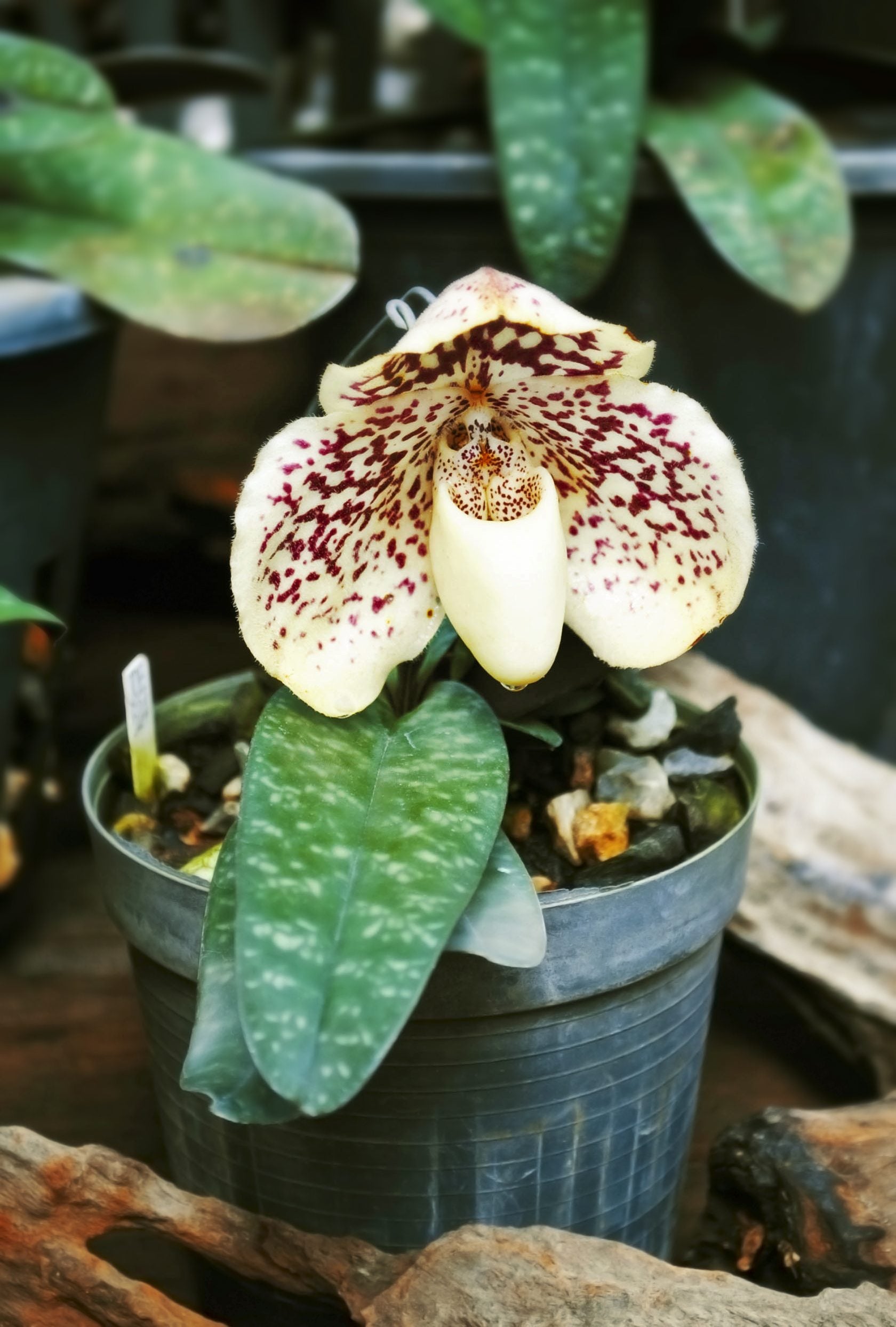Best Children’s Orchids: Learn About Beginner Orchids For Kids


Orchids are popular indoor plants, valued for their unique, exotic beauty. The orchid world boasts somewhere between 25,000 and 30,000 different species, many of which are a bit on the finicky side. However, there are plenty of easy-to-grow orchids for children who are interested in growing these fascinating plants. Read on and learn how to grow an orchid with your child.
Growing Orchids with Kids
Learning how to grow an orchid with your child is easy enough with a bit of homework. Once you’ve gathered info about the best beginner orchids for kids, take your child on a shopping expedition and let him or her select an orchid. Help your child learn about orchid growing conditions, and how to choose the best spot for the orchid. Read the tag carefully and keep in mind that different orchids have varying needs for light and temperature. Allow your child to select a container for the orchid. Older children may be interested in personalizing a ceramic or terracotta plant with colorful paint. Young children love stickers. Instruct your child how to water an orchid properly. Many orchid aficionados recommend that orchids are happy with three ice cubes per week. Thus, watering is easy and spills are minimized. However, consider the needs of your particular orchid.
Beginner Orchids for Kids
To help get you started, here are some of the best children’s orchids: Moth orchids – Easy to find and even easier to grow, many pros think this tough, adaptable orchid, with flowers that resemble moths, is one of the best beginner orchids for kids. Moth orchid, which usually produces several long-lasting blooms per stem, comes in a large range of colors, including salmon, pink, purple, white, and yellow, often with speckles or blotches. Dendrobium – This is a huge genus with well over a thousand species. Dendrobium orchids produce long-lasting blooms in shades of pink, purple, white, and green. Cymbidium – A popular, low-maintenance orchid with long-lasting blooms, Cymbidium orchids are large plants with strappy foliage and an abundance of showy blooms in a huge range of colors. Cattleya – Also known as corsage orchid, cattleya orchids are among the easiest and most rewarding orchids to grow. Many types are large and showy, while others may be delightfully fragrant. The ruffly blooms come in orange, yellow, purple, pink, red, white, often with distinctive markings. Ludisia – Also known as jewel orchids, Ludisia orchids are grown primarily for their spectacular, purplish-brown foliage with pink stripes. The tall, upright spikes with small white flowers are a nice bonus. Oncidium – This orchid displays fragrant blooms that resemble dancing ladies, thus the moniker “dancing lady orchids.” Oncidium orchids produce large clusters of tiny, colorful blooms, often with contrasting markings. This orchid is considered by many to be one of the best beginner orchids for kids. Lady’s slippers – This unique orchid, also known as Venus slippers, produces variegated foliage that looks lovely even when the plant isn’t blooming. Lady’s slippers orchids tend to bloom in abundance, however, often with several blooms per stem. Cockleshell – A very easy orchid, cockleshell is appreciated for its purple flowers with showy, lime green sepals. This tropical orchid sometimes blooms all year long.
Gardening tips, videos, info and more delivered right to your inbox!
Sign up for the Gardening Know How newsletter today and receive a free copy of our e-book "How to Grow Delicious Tomatoes".

A Credentialed Garden Writer, Mary H. Dyer was with Gardening Know How in the very beginning, publishing articles as early as 2007.
-
 What Is A Pollinator Garden? Grow Gorgeous Blooms While Benefiting Your Local Ecosystem
What Is A Pollinator Garden? Grow Gorgeous Blooms While Benefiting Your Local EcosystemPollinator gardens look great and also provide a diverse ecosystem that benefits your local pollinating insects and animals. Get started today with this guide!
By Bonnie L. Grant
-
 5 Tough Urban Trees That Thrive In Cities – Top Picks For Urban & Suburban Landscapes
5 Tough Urban Trees That Thrive In Cities – Top Picks For Urban & Suburban LandscapesExplore the best urban trees that will add value to even the most challenging of landscapes. Get growing with these ideas and enjoy all the benefits of trees.
By Teo Spengler